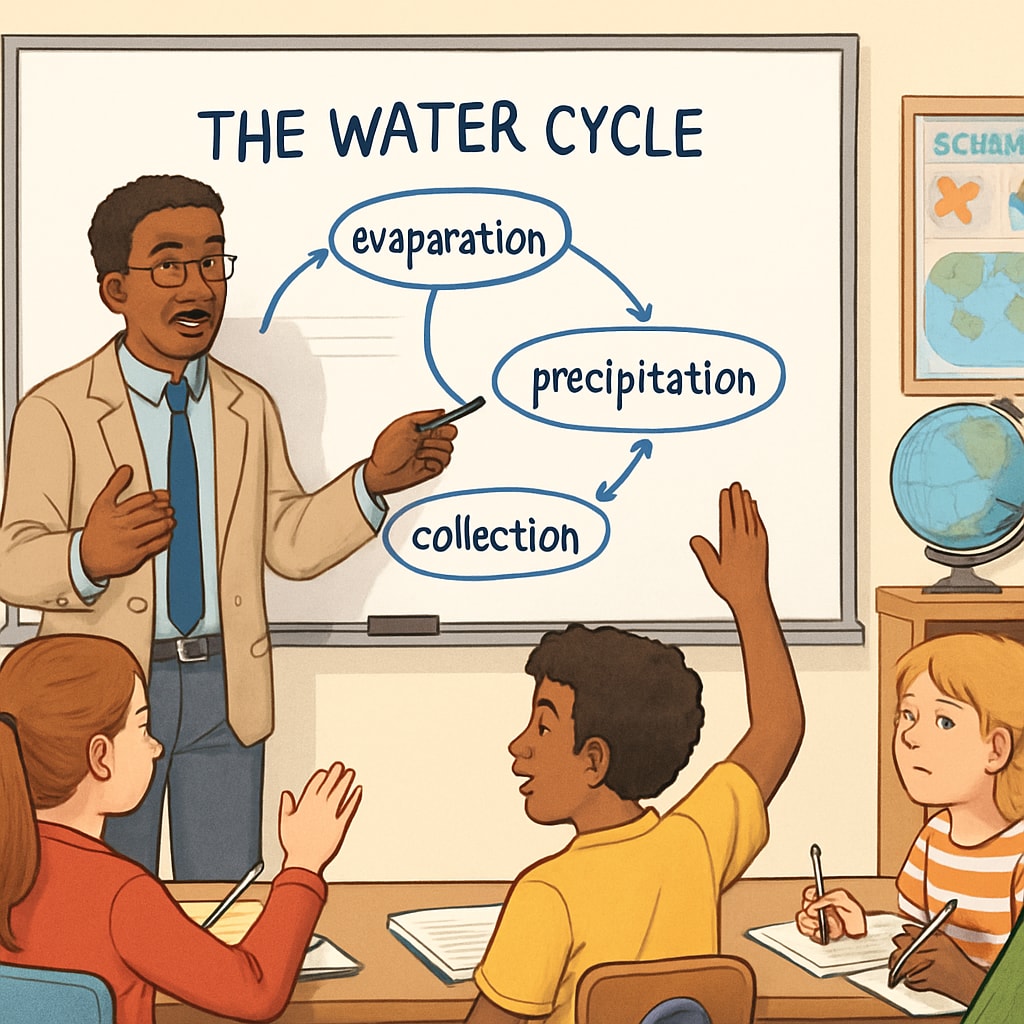Supporting English learners in high school science classes requires thoughtful approaches that combine differentiated instruction, inclusive practices, and respect for diverse cultural backgrounds. Science can be particularly challenging for students who are simultaneously mastering English, as it often involves complex vocabulary and abstract concepts. By implementing effective strategies, educators can empower every student to succeed in science while building their language skills.
Creating an Inclusive Environment for English Learners
Establishing an inclusive classroom environment is foundational to supporting English learners. When students feel valued and respected, they are more likely to engage with the material and participate actively. To create inclusivity, teachers should incorporate diverse cultural perspectives into science examples and discussions. For instance, highlighting contributions to science from various cultures can help students see their identities reflected in the curriculum.
Additionally, fostering peer collaboration is essential. Group activities that pair English learners with native speakers can encourage mutual learning. However, teachers should ensure that group dynamics support equitable participation and avoid placing undue pressure on English learners.

Utilizing Differentiated Instruction in Science Teaching
Differentiated instruction is a powerful tool for bridging language barriers in science education. This approach involves tailoring lessons to address the varied needs of students, including their language proficiency levels. For example, teachers can provide visual aids, such as diagrams and charts, to support comprehension for students with limited English skills.
Another effective strategy is scaffolding, which breaks down complex scientific concepts into manageable steps. Educators can use simplified language and gradually introduce technical terms, allowing students to build their understanding incrementally. Hands-on experiments are also invaluable for English learners, as they provide opportunities to grasp scientific principles through direct experience rather than solely relying on language.
To further enhance comprehension, teachers can use graphic organizers, such as concept maps, to visually represent relationships between scientific ideas. These tools not only aid understanding but also help students organize their thoughts when preparing written assignments.

Leveraging Technology to Support Language Development
Technology can play a crucial role in supporting English learners in science classrooms. Interactive platforms that combine visual, auditory, and text-based learning can reinforce vocabulary acquisition and concept comprehension. For example, educational apps like Quizlet or Kahoot allow students to practice scientific terminology in engaging ways.
Virtual simulations are another valuable resource, enabling students to explore scientific phenomena without the need for advanced language skills. For instance, simulations of chemical reactions or ecological systems provide a visual and interactive learning experience that complements traditional instruction.
Furthermore, video tutorials with subtitles can be particularly beneficial. These resources allow students to pause and replay sections to ensure they understand key concepts fully. Teachers can also encourage the use of translation tools, but they should guide students in using them responsibly to avoid over-reliance.
Encouraging Multimodal Assessments
Traditional assessments that prioritize written responses may disadvantage English learners. Instead, multimodal assessments—such as presentations, projects, and oral explanations—allow students to demonstrate their understanding in ways that align with their strengths. Teachers can provide rubrics that focus on content mastery rather than solely evaluating language proficiency.
In addition, formative assessments, such as quizzes and discussions, can help teachers monitor student progress without creating high-pressure environments. Feedback should be constructive and emphasize growth, encouraging students to build confidence in both their scientific and language abilities.
By using these strategies, educators can create a supportive framework that balances academic rigor with empathy for the challenges English learners face. As a result, students will not only excel in science but also develop critical language skills that will serve them across disciplines.
Readability guidance: The article uses short paragraphs and lists to summarize key points. Active voice is prioritized, and transitions are included to ensure logical flow. Visual aids and group activities are emphasized as practical strategies.


